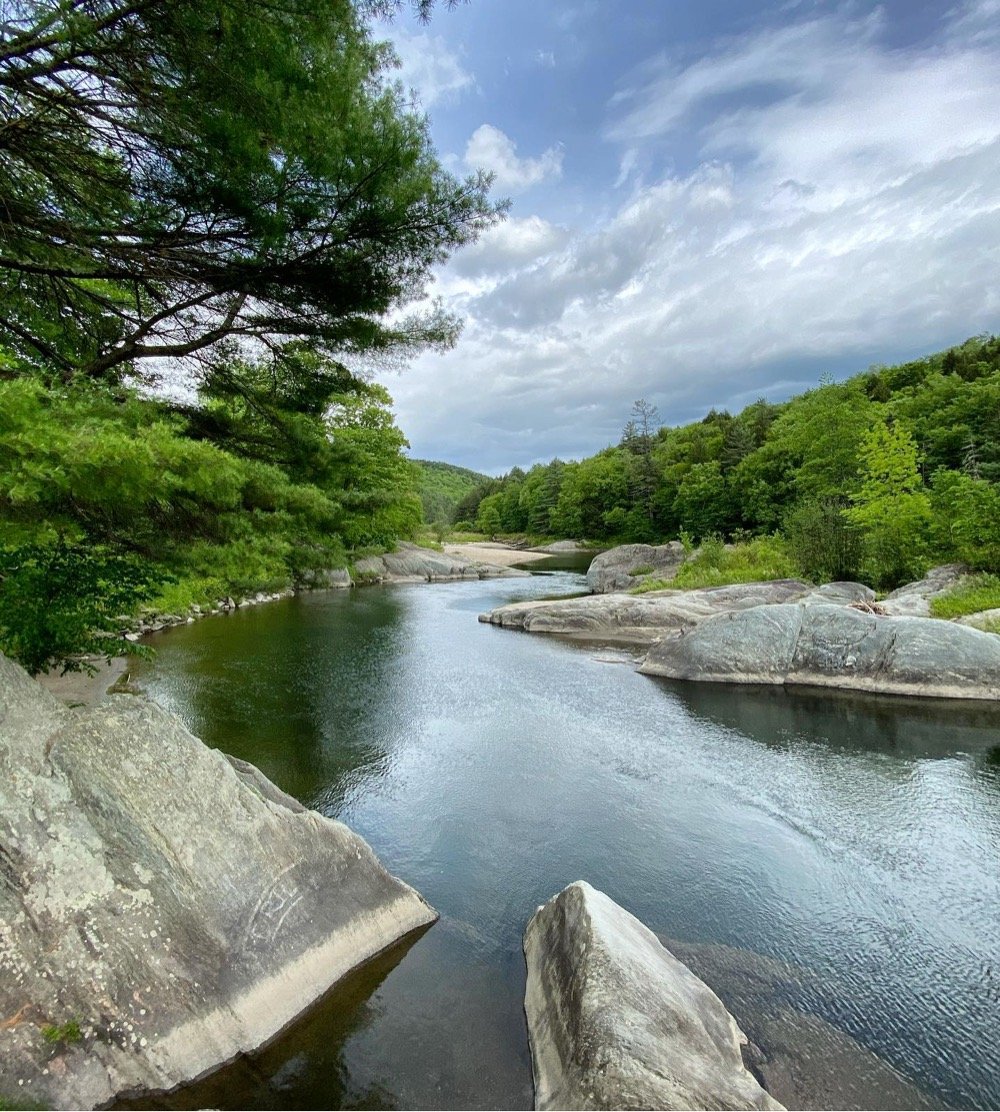Do You Know Where You’re At?

In 1981, Coevolution Quarterly published a 20 question quiz written by Leonard Charles, Jim Dodge, Lynn Milliman, and Victoria Stockley that is designed to reveal how well you know your local natural environment. Here are the questions:
- Trace the water you drink from precipitation to tap.
- How many days til the moon is full? (Slack of 2 days allowed.)
- What soil series are you standing on?
- What was the total rainfall in your area last year (July-June)? (Slack: 1 inch for every 20 inches.)
- When was the last time a fire burned in your area?
- What were the primary subsistence techniques of the culture that lived in your area before you?
- Name 5 edible plants in your region and their season(s) of availability.
- From what direction do winter storms generally come in your region?
- Where does your garbage go?
- How long is the growing season where you live?
- On what day of the year are the shadows the shortest where you live?
- When do the deer rut in your region, and when are the young born?
- Name five grasses in your area. Are any of them native?
- Name five resident and five migratory birds in your area.
- What is the land use history of where you live?
- What primary ecological event/process influenced the land form where you live? (Bonus special: what’s the evidence?)
- What species have become extinct in your area?
- What are the major plant associations in your region?
- From where you’re reading this, point north.
- What spring wildflower is consistently among the first to bloom where you live?
People living here 200 years ago — or even 75-100 years ago — would definitely have known all of these and many currently living in the area, especially those who have lived here much longer that I have, would know most of this. Being mostly an indoorsman, I am only am aware of some of these, and even then only partially. How well do you know your local environment?
I found the quiz in Rob Walker’s newsletter and he added a helpful exercise for us low-scorers:
Pick one of the questions you don’t know the answer to - and make it a point to learn what that answer is. After you’ve mastered that, move on to a new question.
I chose the question about soil series and learned that the state of Vermont has an official State Soil: Tunbridge soil.
The Tunbridge series consists of loamy, well-drained soils that formed in Wisconsin-age glacial till. These soils are 20 to 40 inches deep over schist, gneiss, phyllite, or granite bedrock. They occur extensively in mountainous areas of Vermont, in all but one county.
Tunbridge soils are used mainly for woodland. White ash, American beech, white birch, yellow birch, hemlock, white pine, red spruce, red maple, and sugar maple are typical species. Sugar maple is especially important; Vermont produces the largest amount of maple syrup in the U.S. Some areas have been cleared and are used for hay and pasture. Recreational uses are common on these soils. They include trails for hiking, mountain biking, snowmobiling, and skiing.
Neat!
Update: See also The Big Here Quiz for more questions and the origin story of such lists.
Update: Turns out I posted about this almost 16 years ago (and forgot about it). (thx, john)





Stay Connected